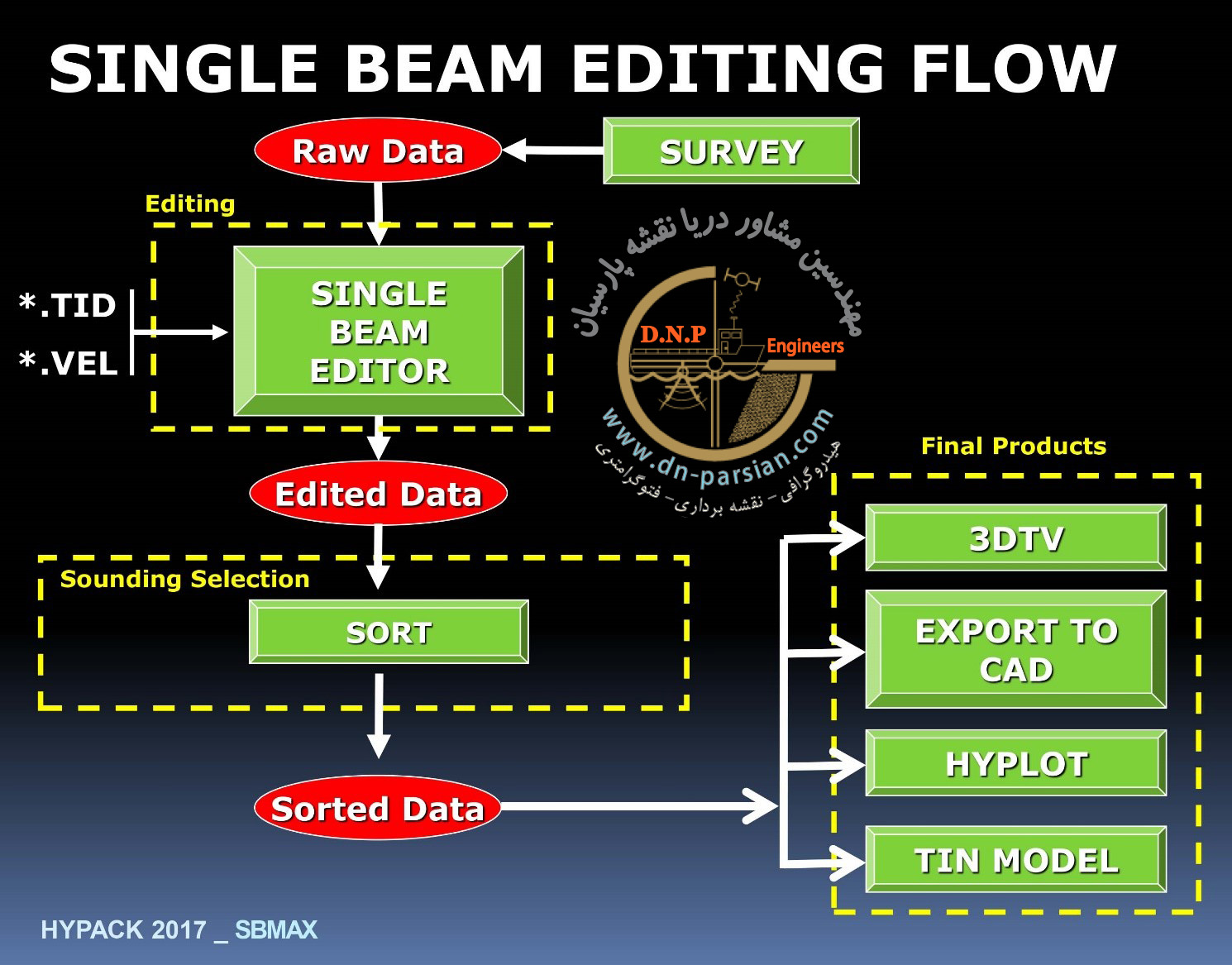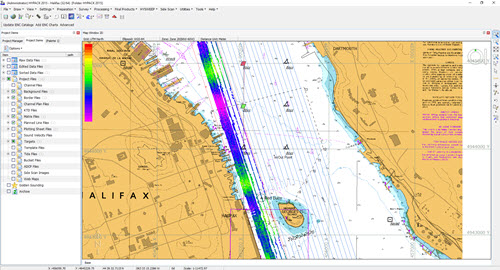
The transport of sediment by rivers to the ocean is not only an important part of global material cycles but also an important indicator of land degradation and environmental change 6, 7, 8, 9, 10. On a global scale, rivers transport 36,000 km 3 of freshwater and ~20,000 Mt of sediment to the ocean each year, providing freshwater, nutrients, transportation and human sustenance 1, 2, 3, 4, 5. Human activities have important impacts on rivers and their deltas. Reclamation, dredging, and navigation-channel projects removed 8.4 Mt/yr of sediment from Lingding Bay, representing 29% of the sediment input to the bay, and these activities have increased recently.

Between 20, continuous dredging and a surge of sand excavation resulted in local changes in water depth of ± 5 m/yr, far exceeding the magnitude of natural topographic evolution in Lingding Bay. Whereas Lingding Bay was mainly governed by natural processes with slight net deposition before 1980, subsequent dredging and large port engineering projects changed the subaqueous topography of the bay by shallowing its shoals and deepening its troughs.


Bathymetric data from 1955 to 2010 show that land reclamation decreased the subaqueous area of Lingding Bay, in the Pearl River estuary, by ~170 km 2 and decreased its water volume by 615 × 10 6 m 3, representing a net decrease of 11.2 × 10 6 m 3 per year and indicating the deposition of approximately 14.5 Mt/yr of sediment in Lingding Bay during that period. Tracing the evolution of subaqueous topography in estuaries on a decadal timescale enables us to understand the effects of human activities on estuaries. Estuaries have been sites of intensive human activities during the past century.


 0 kommentar(er)
0 kommentar(er)
